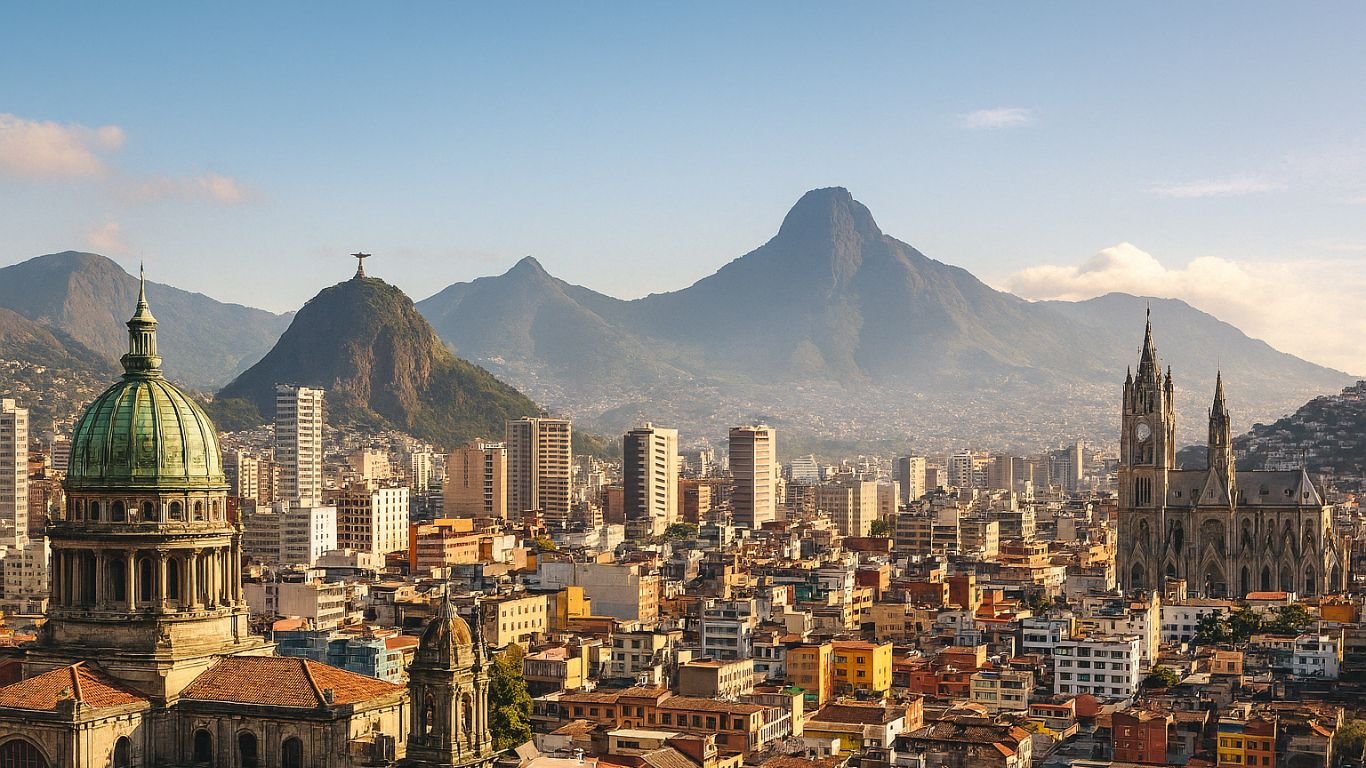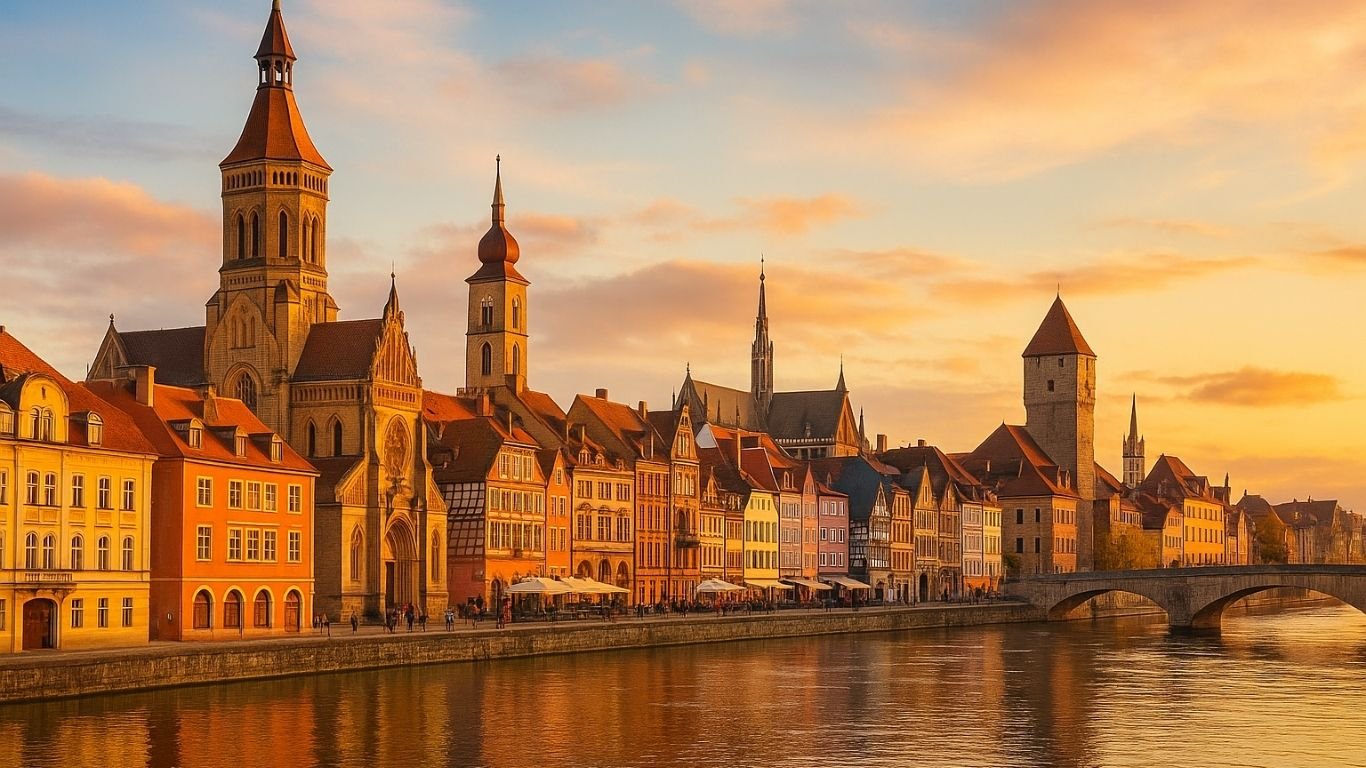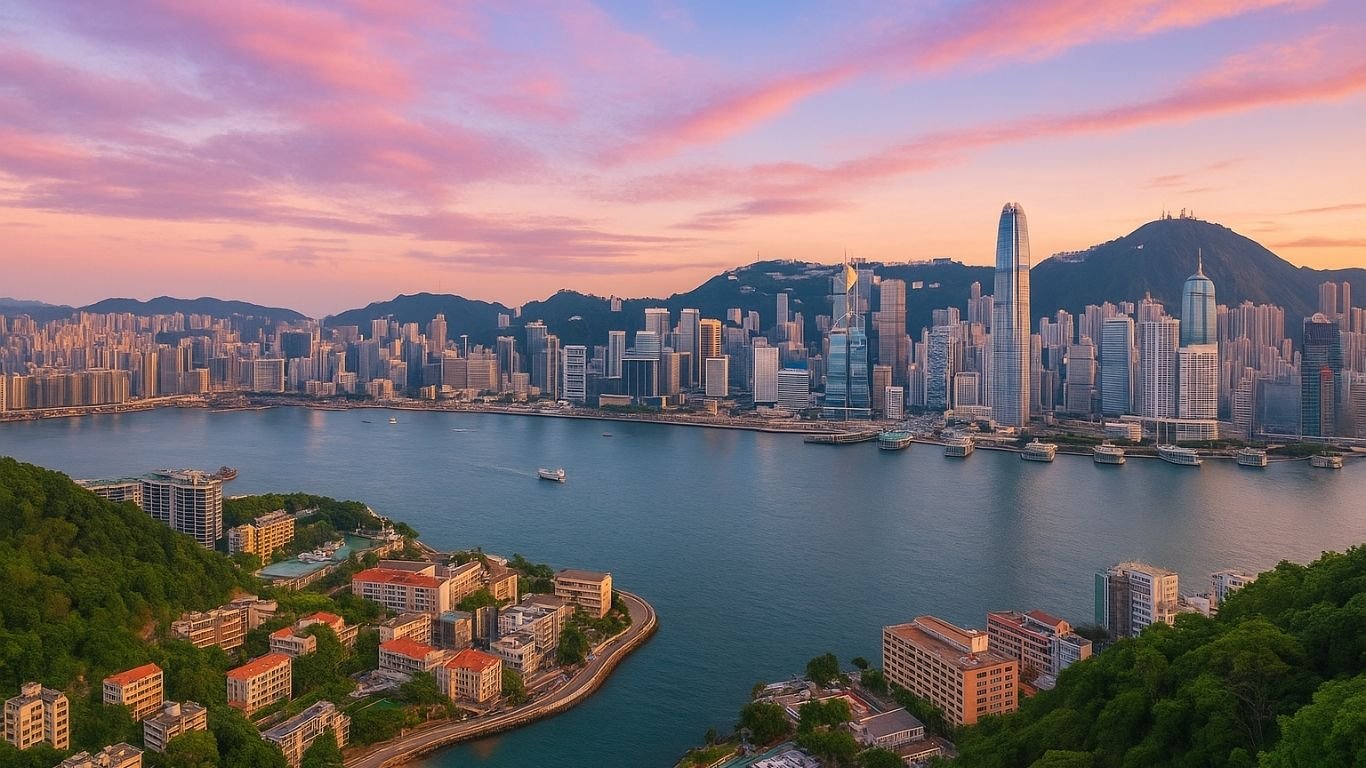South America is a continent of contradictions—a place where centuries-old traditions echo through futuristic skylines, and where organized chaos often gives way to poetic charm. For urban explorers and culture seekers alike, the continent offers more than just postcard vistas and ancient ruins. It hums with a raw energy, found in cities that aren’t always polished but are deeply compelling. The must-see cities in South America aren’t necessarily the largest or the most famous—they’re the ones that strike a chord between intensity and intimacy, between rhythm and rest.
This article takes you on a journey through nine urban centers that embody this duality. These destinations blend chaos and charm into a compelling experience: cobblestone streets buzz with honking taxis, colonial facades stand beside glass towers, and markets brim with the scent of both tradition and transformation. These aren’t just places to pass through; they’re cities to get lost in, places that invite you to dance with their contradictions.
Whether you crave world-renowned cuisine, a brush with revolutionary history, or panoramic views from a cable car high above the Andes, this curated list delivers. Expect a mix of immersive storytelling, actionable insights, and thoughtful recommendations—all aimed at helping you make the most of these urban adventures.
Let’s dive into the eclectic, energetic, and unforgettable cities that truly define South America’s urban spirit.
Table of Contents
1. Buenos Aires, Argentina: Tango and Tenacity

Buenos Aires is a city of many faces—aristocratic yet rebellious, classical yet modern. As one of the must-see cities in South America, Argentina’s capital pulses with a distinct rhythm that’s hard to replicate elsewhere. Here, every plaza feels like a stage, and every street corner tells a story. It’s a place that doesn’t just welcome travelers—it challenges them to feel, engage, and move with its urban beat.
Historical Neighborhoods
Buenos Aires wears its history like a bold accessory. Stroll through San Telmo, where cobbled streets host antique markets and spontaneous tango performances erupt beneath wrought-iron balconies. In contrast, Recoleta exudes Parisian grandeur, home to majestic architecture and the famous Recoleta Cemetery, where Evita Perón rests. These neighborhoods don’t just preserve the past—they live it every day.
Culinary Delights
Argentine cuisine is as bold and rich as the city itself. Beyond the iconic asado (barbecue), Buenos Aires thrives with closed-door restaurants (known as puertas cerradas), modern food halls, and wine bars showcasing the nation’s beloved Malbec. Palermo, a sprawling district full of creative energy, offers fusion menus and craft cocktail lounges that rival any global capital.
Vibrant Nightlife
When the sun sets, Buenos Aires awakens with electrifying fervor. Nightlife here begins late and ends long after dawn. From sultry tango clubs like La Catedral to pulsating electronic music venues in Villa Crespo, the options are endless. The city’s nocturnal heartbeat is a defining element of its chaotic charm—every night out feels like a rite of passage.
2. Rio de Janeiro, Brazil: Beaches and Buzz
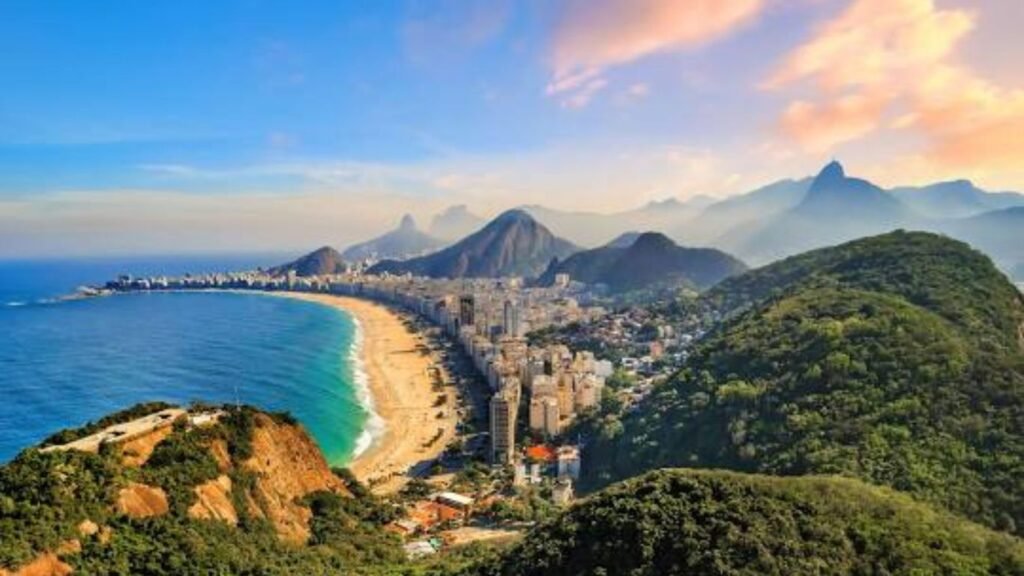
Few places embody the soul of South America like Rio de Janeiro. With its sun-drenched coastline, unmistakable skyline, and infectious rhythm, Rio stands tall among the must-see cities in South America. It’s a city of grandeur and grit, where natural wonders merge with urban dynamism. There’s a wild elegance here—an unspoken understanding that chaos and celebration go hand in hand.
Iconic Landmarks
The city’s geography alone is a masterpiece. The towering Christ the Redeemer statue watches over Rio from Corcovado Mountain, while Sugarloaf Mountain offers panoramic views of the cityscape stitched between jungle, sea, and sky. These iconic landmarks aren’t just photogenic—they symbolize Rio’s unique position between the divine and the everyday.
Beach Culture
In Rio, the beach is more than a leisure spot—it’s a lifestyle. The famed shores of Copacabana and Ipanema are constantly alive with football matches, samba beats, vendors, and sun-seekers. It’s here that the city’s vibrant spirit reveals itself most clearly. Whether you’re sipping on fresh coconut water or people-watching as surfers and street performers pass by, you’ll quickly understand why this coastline defines life in Rio.
Samba Rhythms
Music infuses everything in Rio, and samba is its heartbeat. Visit Lapa on a weekend and you’ll find yourself swept into a street party that feels like it never ends. The annual Carnaval is the ultimate spectacle—an explosion of color, dance, and cultural pride that transforms the city into a living stage. But even beyond the famous festival, the samba schools, pagode bars, and drum circles keep the rhythm going all year round.
3. Bogotá, Colombia: Culture and Contrasts

Perched high in the Andes and layered with history, Bogotá is one of those must-see cities in South America that surprises you the longer you stay. Colombia’s capital is often overlooked in favor of flashier destinations, but that’s precisely its charm—it rewards the curious. Bogotá is a city of strong contrasts: towering glass buildings stand beside colonial cathedrals, and chaotic traffic flows past peaceful mountaintop sanctuaries.
Historic Center
La Candelaria, Bogotá’s historic heart, is a visual feast. Its narrow streets are lined with colorful colonial homes, baroque churches, and political murals that speak to the country’s turbulent past. Plaza Bolívar, framed by government palaces and the grand Catedral Primada, anchors the district with a solemn, stately energy. Spend time here and you’ll feel Bogotá’s soul: intellectual, artistic, and quietly resilient.
Art and Museums
Bogotá boasts one of the most sophisticated art scenes in South America. The Museo del Oro (Gold Museum) holds over 55,000 gold artifacts that trace the pre-Columbian history of the region. Meanwhile, the Botero Museum—featuring works by Colombia’s most famous artist, Fernando Botero—is both whimsical and profound. Street art thrives too, turning walls across entire neighborhoods into ever-changing urban galleries.
Modern Districts
To experience Bogotá’s modern pulse, head north to Zona Rosa or Zona G. Here, you’ll find upscale restaurants, boutique hotels, rooftop bars, and some of the city’s best coffee spots. It’s this juxtaposition—between Bogotá’s deep-rooted traditions and its sleek modernity—that makes the city feel so multidimensional. It’s not polished, but it’s deeply alive.
4. Lima, Peru: Gastronomy and Grandeur
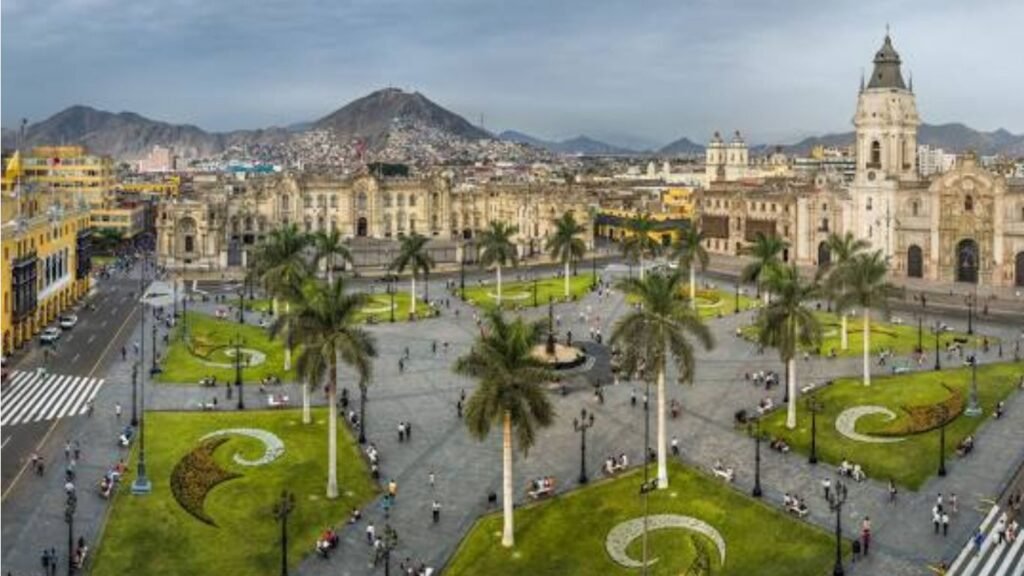
Lima is more than a stopover en route to Machu Picchu. It’s one of the must-see cities in South America for travelers who crave world-class cuisine, coastal views, and a deep sense of cultural layering. Peru’s capital is a dynamic metropolis where ancient temples coexist with glass towers, and the Pacific Ocean provides both a dramatic backdrop and a source of culinary inspiration.
Culinary Scene
Lima’s rise as a global food capital is no accident. It’s the birthplace of Nikkei and Chifa—unique culinary blends of Japanese and Chinese traditions with Peruvian ingredients. Restaurants like Central, Maido, and Astrid y Gastón consistently rank among the best in the world. But beyond the fine dining, street food tells its own story. Ceviche stalls in Surquillo Market or anticuchos sizzling on street corners are essential Lima experiences.
Ancient Ruins and Colonial Architecture
Lima’s history is rich and visible. Visit Huaca Pucllana, a pre-Incan adobe pyramid tucked between residential neighborhoods, and you’ll witness the city’s ancient heartbeat. In Plaza Mayor, colonial landmarks such as the Government Palace, Cathedral of Lima, and Archbishop’s Palace reveal the grandeur of Spanish rule. Every layer of the city speaks to its complex identity—neither fully modern nor entirely historic, but constantly negotiating both.
Coastal Charm
The city’s dramatic cliffs plunge into the ocean, giving way to the vibrant district of Miraflores, where paragliders soar and surfers ride the waves below. Barranco, Lima’s bohemian quarter, blends street art, indie galleries, and colonial mansions with a lively seaside vibe. Whether you’re walking the Malecón or watching the sun set over the Pacific, Lima’s coast offers a serene contrast to its urban intensity.
5. Santiago, Chile: Modernity and Majestic Views
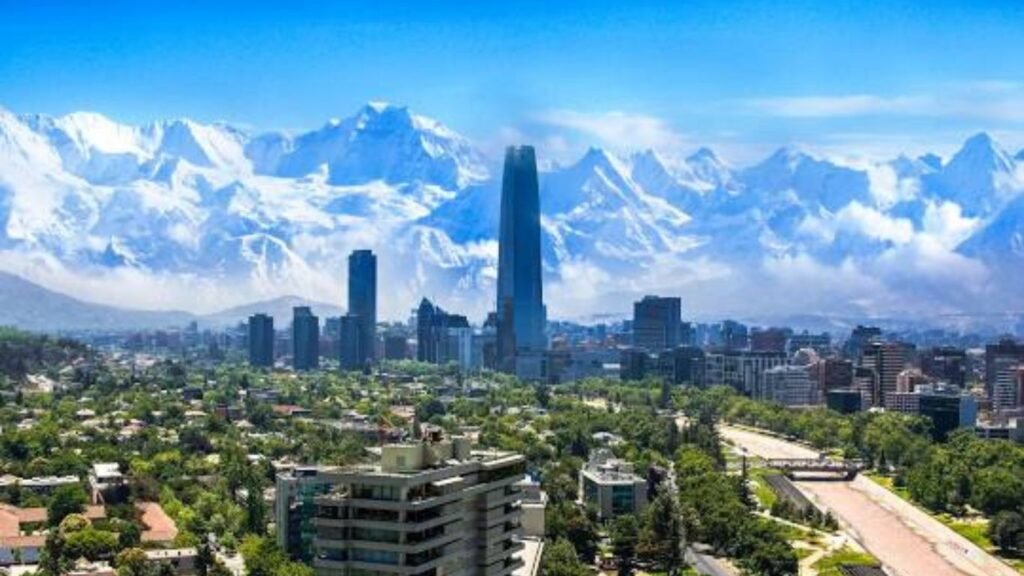
Cradled between the Andes and the coastal range, Santiago is one of the must-see cities in South America for travelers who want metropolitan sophistication with a stunning natural backdrop. Chile’s capital often flies under the radar, but it offers a polished, cosmopolitan vibe that’s rare in the region. It’s a place where you can tour an art museum in the morning, hike a mountain in the afternoon, and sip local wine on a rooftop by evening.
Urban Parks and Green Spaces
Despite its size, Santiago feels surprisingly green. Parque Bicentenario in the upscale Vitacura district is a favorite among locals for jogging, picnicking, and flamingo-watching. For something more central, Cerro Santa Lucía offers 360-degree views from the remnants of a 16th-century fortress. Santiago’s urban parks act as a calm counterbalance to the city’s fast-paced business core.
Andean Backdrops
What sets Santiago apart is its proximity to the Andes. From virtually anywhere in the city, snowcapped peaks dominate the skyline. Take a cable car up Cerro San Cristóbal, or head out to the Cajón del Maipo for day hikes, hot springs, and even glacier treks. The mountains aren’t just a backdrop here—they’re part of the city’s daily rhythm, offering both adventure and perspective.
Contemporary Culture
Santiago thrives on innovation and culture. The Gabriela Mistral Cultural Center (GAM) hosts everything from avant-garde theater to art installations. Food markets like La Vega Central reflect the multicultural face of the capital, while chic neighborhoods like Lastarria and Bellavista pulse with live music, boutique design, and experimental cuisine. Santiago doesn’t shout to be seen—it reveals itself with quiet confidence and style.
6. Medellín, Colombia: Innovation and Transformation

Once synonymous with turmoil, Medellín has transformed into one of the most forward-thinking and creative must-see cities in South America. Known as the “City of Eternal Spring” for its pleasant year-round climate, Medellín is a testament to what resilience and innovation can achieve. It’s not just a city reborn—it’s one that continually reinvents itself.
Urban Renewal
Medellín’s urban rebirth is globally recognized. The city invested in infrastructure that connects and empowers, such as the Metrocable, a gondola lift system that links the hillside barrios to the city center. Public spaces like Parque Biblioteca España and Plaza Cisneros—once neglected—are now hubs of community and learning. The transformation isn’t just physical; it’s social and deeply human.
Spring-like Climate
The climate in Medellín is more than a perk—it shapes how people live. With temperatures hovering between 65–80°F (18–27°C) all year, life spills outside onto terraces, balconies, and parks. Cafés in El Poblado buzz with locals and travelers alike, while flower-filled hillsides in Jardín Botánico showcase the region’s biodiversity. This eternal spring lends Medellín its warmth in more ways than one.
Cultural Experiences
Medellín isn’t shy about its creative energy. The city celebrates its identity through festivals like Feria de las Flores, a vibrant explosion of music, parades, and traditional flower displays. Meanwhile, the Museo de Antioquia and surrounding Plaza Botero showcase the unmistakable works of hometown artist Fernando Botero. From salsa clubs to tech startups, Medellín’s cultural renaissance is both visible and deeply felt.
7. Quito, Ecuador: Altitude and Antiquity

At 2,850 meters above sea level, Quito is not only one of the highest capitals in the world—it’s also one of the most captivating must-see cities in South America. The city’s high-altitude setting is matched by its cultural richness and historical depth. Quito is where Spanish colonial charm meets Andean spirit, offering a cityscape framed by volcanoes and infused with stories that date back centuries.
Historic Old Town
Quito’s Centro Histórico is the best-preserved colonial district in Latin America—and the first UNESCO World Heritage Site ever declared. Walking its cobbled streets is like stepping into another era. Grand churches like La Compañía de Jesús, known for its baroque gold leaf interior, and the Basílica del Voto Nacional, with its eerie gargoyle-like animals, tower over bustling plazas. This historic core is not just scenic—it’s sacred.
Panoramic Views
The city’s dramatic elevation provides endless opportunities for breathtaking views. Ride the TelefériQo up the Pichincha Volcano and you’ll see Quito stretch across valleys and climb into the clouds. For a more spiritual panorama, climb the El Panecillo hill crowned by the Virgin of Quito statue. Wherever you stand, Quito’s vistas reveal a layered city wrapped in mist and mythology.
Indigenous Markets
Quito offers a gateway into Ecuador’s indigenous culture, particularly in its markets. Visit Otavalo Market just outside the city for vibrant textiles, handwoven blankets, and artisan goods rooted in centuries-old tradition. Closer to the center, markets like La Mariscal combine local crafts with modern design. These spaces showcase the cultural fusion that defines Quito: indigenous heritage woven into the urban fabric.
8. Montevideo, Uruguay: Laid-Back and Lively
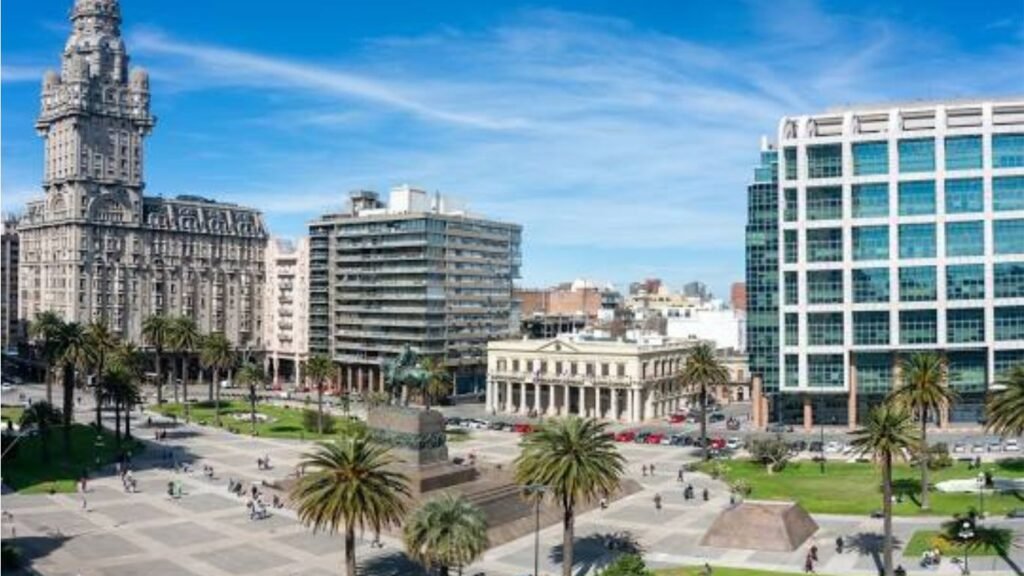
Montevideo often flies under the radar, but it’s undeniably one of the must-see cities in South America for travelers seeking something quieter, quirkier, and deeply soulful. Uruguay’s capital doesn’t clamor for attention—it earns it with charm, authenticity, and a rhythm that feels uniquely its own. Here, time slows down just enough for you to actually breathe it all in.
Rambla Promenade
The heart of Montevideo beats along the Rambla, a 13-mile coastal promenade that winds past beaches, parks, and neighborhoods with views of the Río de la Plata. It’s where locals jog, cycle, sip mate, and catch golden-hour sunsets. Whether you’re in bustling Pocitos or tranquil Carrasco, the Rambla offers a peaceful yet ever-present connection to the sea.
Cultural Heritage
Montevideo’s cultural identity is layered and expressive. The Ciudad Vieja (Old Town) features art deco architecture, colorful street murals, and music drifting from open cafés. In Mercado del Puerto, tango and candombe dancers perform among sizzling parrillas and stalls selling artisan crafts. Montevideo may be relaxed, but it takes its art and culture seriously—with passion and pride.
Relaxed Atmosphere
What sets Montevideo apart is its genuine ease. There’s no rush here, yet everything works. From leafy plazas to literary cafés and slow Sunday markets, the city invites you to embrace a slower, more intentional way of exploring. Even its nightlife, while lively, feels more intimate—like a conversation rather than a performance. Montevideo proves that energy doesn’t always need to shout to be felt.
9. La Paz, Bolivia: High-Altitude Hustle
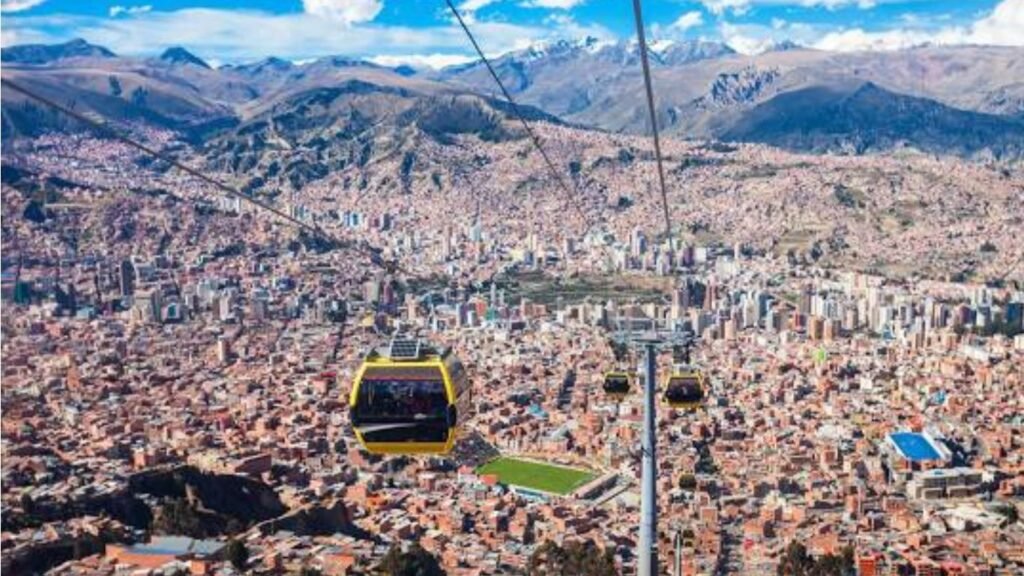
La Paz is a dizzying mix of tradition, turbulence, and tenacity—one of the most fascinating must-see cities in South America. Nestled in a canyon at over 3,600 meters above sea level, it’s a place where altitude defines attitude. Bolivia’s de facto capital is anything but conventional. It’s raw, restless, and richly layered, offering an unfiltered look into Andean urban life with a backdrop that stuns at every turn.
Unique Markets
The markets of La Paz are more than places to shop—they’re cultural stages. The most iconic is the Witches’ Market (Mercado de las Brujas), where vendors sell dried llama fetuses, herbal remedies, and spiritual talismans. Nearby, Rodriguez Market buzzes with produce, local snacks, and fabrics in a kaleidoscope of colors. These chaotic, enchanting bazaars are a window into Bolivia’s syncretic blend of indigenous beliefs and Catholic traditions.
Cable Car Views
One of La Paz’s most innovative achievements is the Mi Teleférico—the highest and most extensive cable car system in the world. It links the city to El Alto, soaring above sprawling barrios and offering surreal panoramic views of snow-capped Illimani Mountain. It’s urban transport meets scenic thrill ride—proof that infrastructure here adapts not just to geography, but to human necessity with bold creativity.
Indigenous Traditions
Despite its modern sprawl, La Paz remains deeply rooted in indigenous identity. The Aymara and Quechua cultures are visible in the bowler hats, layered skirts, and handwoven textiles of the city’s women. Traditional festivals, such as Gran Poder, mix Catholic saints with indigenous deities in elaborate parades. La Paz doesn’t just preserve tradition—it lives it in the streets, in ceremonies, and in the cadence of everyday life.
Embracing the South American Urban Experience
What unites these nine must-see cities in South America isn’t a single skyline or language—it’s a shared intensity. Each city pulses with a rhythm all its own, shaped by centuries of migration, revolution, reinvention, and celebration. From the beachside buzz of Rio de Janeiro to the high-altitude hustle of La Paz, the urban experience here is as diverse as the continent itself.
What makes South America’s cities so unforgettable is their ability to balance chaos and charm. It’s in the tangle of Bogotá’s streets where you discover a hidden art gallery. It’s in the warmth of Montevideo’s quiet corners that you realize you’ve never truly slowed down before. It’s in Medellín’s cable cars and Quito’s gold-leaf cathedrals, in Lima’s bold flavors and Santiago’s crisp air.
These cities don’t just exist—they express. They express pride, resilience, movement, and above all, life. Whether you’re a first-time traveler or a seasoned explorer, the cities on this list will stretch your senses and shift your perspective.
South America’s urban spirit doesn’t ask you to understand it right away. It simply invites you in—to feel, to wander, and to stay a little longer than planned.
Conclusion: The Unforgettable Blend
In a continent defined by extremes—jungles and deserts, mountains and coastlines—the must-see cities in South America stand out as cultural epicenters where the past and future collide. Each destination we’ve explored reveals a different facet of the region’s identity: Buenos Aires dazzles with elegance and grit, Rio pulses with color and energy, while La Paz challenges every expectation with altitude and authenticity.
These cities offer more than sights. They offer experiences—complex, vivid, and unapologetically real. They ask you to move to their rhythm, to taste what’s cooking in their kitchens, to listen to their street music, and to meet their people with open curiosity. Urban South America isn’t always easy to define—but it’s impossible to forget.
Whether you’re wandering colonial alleyways in Quito, surfing the cultural waves of Lima, or dancing through the nights in Medellín, each stop on this journey brings you closer to the continent’s multifaceted heart. And while the landscapes may change, one thing stays constant: the unshakable, chaotic, and magnetic charm of South America’s cities.
Let these urban adventures guide your next trip—not just because they’re on the map, but because they stay in your memory long after the flight home.
FAQ
What are the best times to visit these must-see cities in South America?
Most cities in South America can be visited year-round, but shoulder seasons—typically spring (September to November) and fall (March to May)—offer mild weather and fewer crowds. Keep in mind that climates vary widely due to altitude and geography. For example, Medellín enjoys spring-like temperatures year-round, while La Paz can be chilly even in summer.
Are these cities safe for travelers?
Yes, but like in any major urban area, awareness is key. Stick to well-trafficked neighborhoods, avoid flashy displays of wealth, and use trusted transportation methods (like registered taxis or ride apps). In cities like Bogotá or Rio, guided tours can enhance both safety and understanding of local culture.
What’s the best way to travel between these cities?
Flights are the most efficient way to travel long distances across South America due to the continent’s vast geography. However, for shorter routes or more scenic experiences, consider buses or trains—especially in regions like Chile, Peru, and Argentina.
Do I need to speak Spanish or Portuguese?
While English is increasingly spoken in tourist areas, having a few key phrases in Spanish (or Portuguese in Brazil) will go a long way. It not only helps with navigation but often opens doors to more authentic local experiences.
Which of these must-see cities in South America is best for food lovers?
Lima is a culinary capital renowned for its blend of indigenous, Spanish, Asian, and African influences. However, Buenos Aires, Bogotá, and Santiago also offer exciting food scenes—from street eats to haute cuisine.
Latin America is a mass-transit powerhouse. But it needs fine-tuning – World Economic Forum
